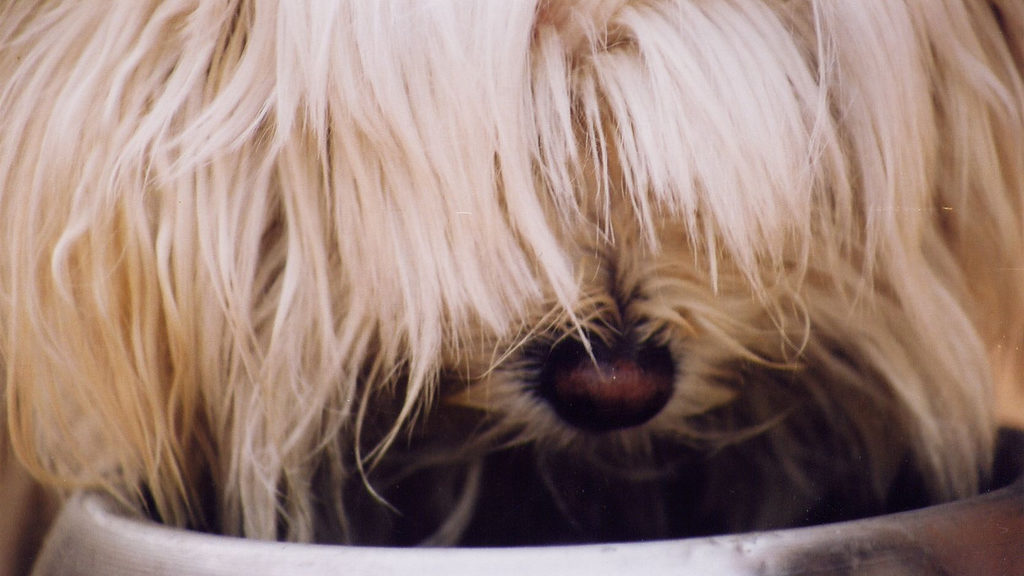Have you ever watched a dog drink water and wondered how he was able to quench his thirst from what appeared to be some rather sloppy and haphazard actions?
Well, it turns out the parched pooches know exactly what they’re doing, and according to a new study by researchers at Virginia Tech, they’re actually executing some rather precise, high-speed movements that boosts their ability to obtain needed fluids.
Cats or dogs have had to develop their own unique way to drink fluids since neither of them have a full set of cheeks and can’t create suction, like humans and other animals such as elephants and horses.
As they lap the water they’re actually moving their tongues very quickly so that they can build up inertia that forces the water up and into their mouths.
To reach their findings, the Virginia Tech researchers filmed 19 dogs of various sizes and breeds as they drank water and conducted various laboratory simulations to measure tongue motion and the amounts of water that was consumed.
Based on the data from these experiments, they even created a model that simulated the mechanics of a dog drinking water.
They also drew upon similar studies of cats.

Graduate student Sean Gart (left) and Sunghwan “Sunny” Jung, an associate professor of biomedical engineering and mechanics at Virginia Tech, make adjustments in front of a machine they used to simulate the mechanics of how dogs drink water. (John Pastor/Virginia Tech)
The researchers said that since the mouths of both canines and felines are structured in nearly the same way, they expected to find that both would drink water in the same way.
However their studies showed each family of animals has their own unique drinking methods.
“We know cats and dogs are quite different in terms of behavior and character,” said Sunghwan “Sunny” Jung, a study author and an associate professor of biomedical engineering and mechanics at Virginia Tech. “But before we did fundamental studies of how these animals drink fluids, our guess was dogs and cats drink about the same way. Instead we found out that dogs drink quite differently than cats,” he said.
The researchers noted that dogs need to move their tongues faster than cats to get a drink of water.
Dogs must quickly plunge their tongues into and out of the water to drink while cats use a much smoother action and merely skim the surface of the water to do so.
“Cats tend be viewed as neater, dogs are messier, but dogs really have to accelerate their tongues to exploit the fluid dynamics of the water column,” said researcher Sean Gart, a Virginia Tech graduate student.
The researcher’s findings have just been published in the Proceedings of the National Academy of Sciences.
Take a look at Virginia Tech’s video of a dog drinking water.
Virginia Tech: Dog drinking water from VirginiaTech on Vimeo.
























Comments are closed.